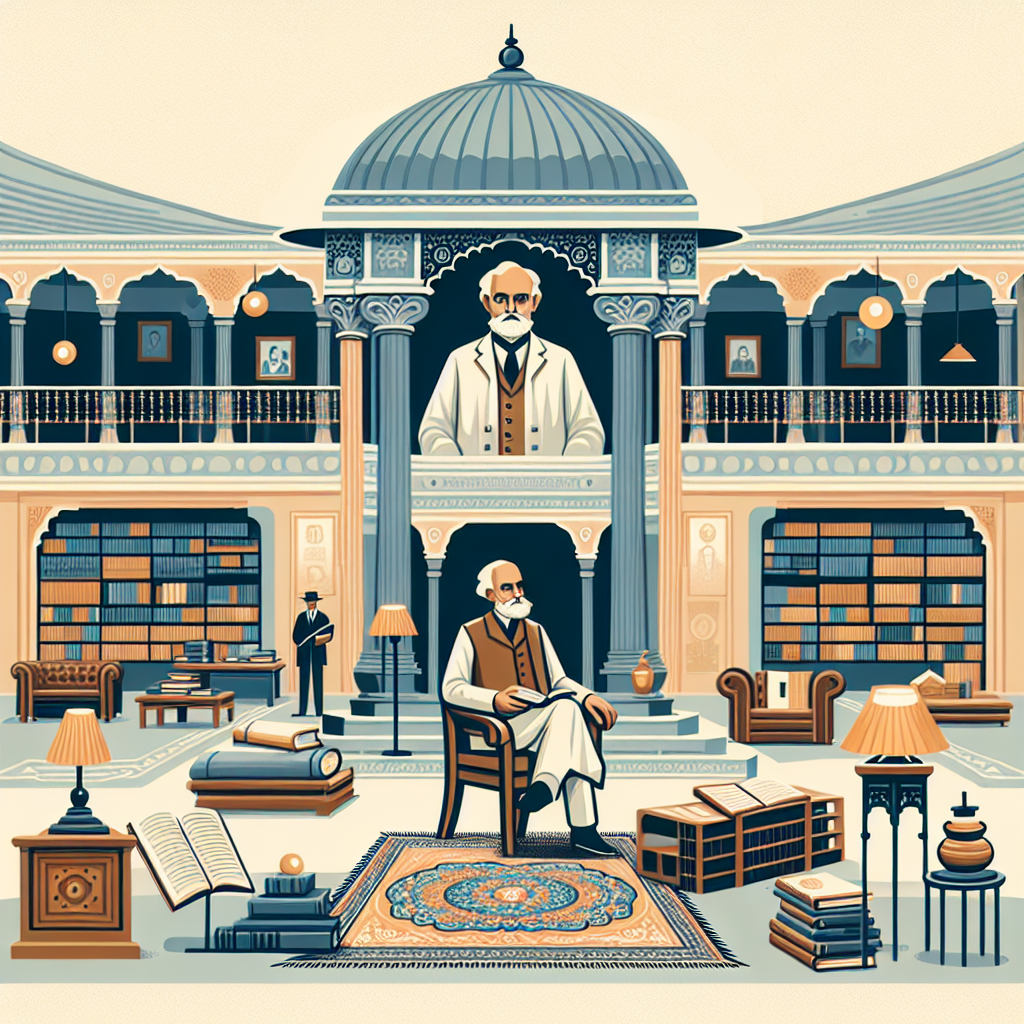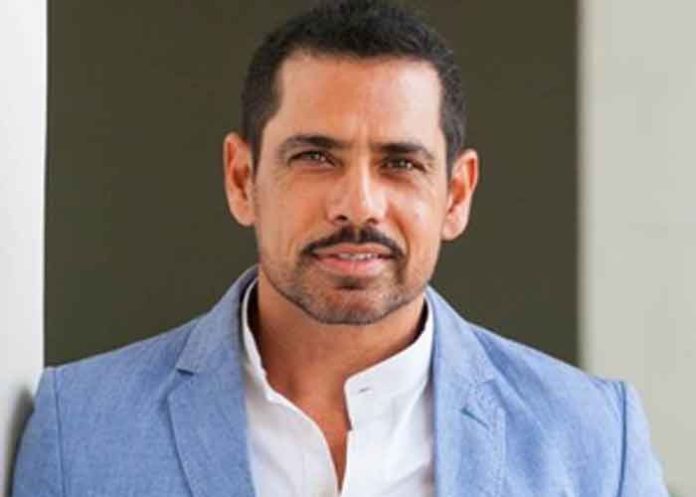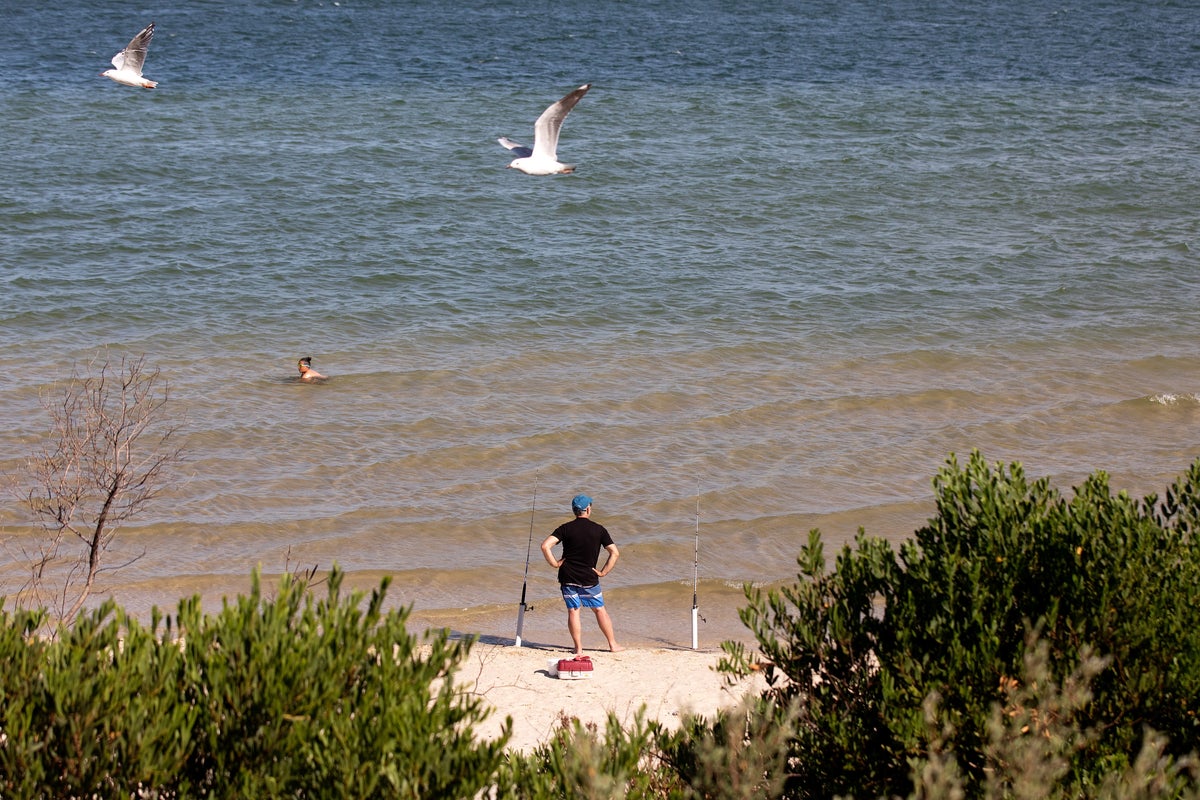Every Saturday, Felipe Elías Juárez sits at Mercado Sano in San Miguel de Allende, his red baseball cap barely visible behind stacks of colorful woven rugs, an art form he’s been perfecting since age 15. Today, his intricate designs of cacti, whimsical geometric shapes, and traditional Calaveras adorn the floors and walls of clients as far away as New Zealand, but Felipe’s story is about more than his craft; it’s also about lessons in patience and relying on others when tragedy strikes.Through Felipe’s story, we debut “Hecho en México,” a new series that goes beyond the craft to celebrate the humans behind Mexico’s vibrant creative landscape.
Through personal stories of painters, potters, rug weavers and more, we’ll explore the traditions, challenges and triumphs that drive these creatives to share their talent with the world, while preserving Mexico’s rich artistic heritage. Juárez weaves a rug at the home of his friend, Luis, where they both collaborate on a shared loom.A craft rooted in San Miguel traditionBarely out of elementary school in his native San Miguel, Felipe worked odd construction jobs to help his family.

Sensing his son had a different aptitude, his father introduced a teenage Felipe to his good friend Casimiro Amaro, a renowned 80-year-old weaver in the San Miguel community, who first taught him the basics of weaving. “The process was very rustic and manual,” Felipe recalls, describing what happens to wool after it’s sheared off sheep — from scouring to combing it to separate the fibers and prepare them for spinning. “There, I learned the foundation of weaving, like how to warp the thread.
” Throughout his adult life, Felipe moved between workshops and teachers, each challenging his skills and nurturing his love for the art. He learned to make blankets with tassels, the traditional woven garments called cotorinas, short vests and rugs, using the natural color variations of wool and dyes to create designs like maguey agaves. Twelve years ago, he felt a calling to launch a business of his own.
“In a job, it’s always for the boss, and I wanted to stand out, but indecision didn’t help me. I was always a little afraid,” Felipe says, recalling how he felt when he struck out. “But in the end, I’m still here, thank God.
”Felipe and the largest loom he uses — again, in collaboration with his friend, Luis — to create the largest rugs in his inventory.Over the next nine years, Felipe grew a business out of his home that could sustain his family of 10. He wove on three looms, from 1–3 meters in width.
Then, on the fateful night of Dec. 12, 2021 — the feast day of Our Lady of Guadalupe — everything changed. The night of the fire“We could hear fireworks, the joy of the celebration,” Felipe tells the story, his tone turning somber.
“We were about to fall asleep when one of my sons started yelling, ‘Dad, get out, it’s burning!’”A small shoe factory in the basement of his building had caught fire, forcing over 200 people to evacuate. No lives were lost, but Felipe nearly lost his livelihood. He was forced to leave behind rugs, raw materials and his three looms, not to mention his family’s belongings.
“Everything went downhill,” Felipe says of that time, his eyes downcast. “We stood there, watching, feeling the heat and the smoke from far away, and we couldn’t do anything.” Along with their belongings, the independence Felipe had built for himself and his family vanished, and they were forced to rely on others.
An older son took in the family — Felipe, his wife, mother, his two younger kids still living at home, his brother and his brother’s family. A childhood friend and fellow weaver, Luis, stepped in, lending Felipe looms so he could get back to work quickly.Felipe and his wife, Librada, at the Mercado Sano in San Miguel, showing off one of Felipe’s maguey (agave plant) designs.
“It’s been hard, but what has helped me the most is patience,” Felipe says, recalling what he’s learned from the experience. “There are times when you feel frustrated, but you have to breathe and count to 10. There’s no point in getting desperate.
If you have patience, things will fall into place.” New life, new designsToday, Felipe still works at the house of his friend Luis, who is also his business collaborator. Depending on the project, they’ll often weave together, using a loom that takes up an entire room at 4 meters, or 13 feet wide, a job that requires two people.
Gradually, Felipe is rebuilding a home for his family in the countryside close to where his older son lives. As it turns out, they’ve welcomed the change of scenery. “My wife loves it because the view of the hills is beautiful.
It refreshes you,” he says of his new surroundings. “Where we lived before was very small, but here, you’re free, you see other horizons.” The new scenery has also breathed new life into Felipe’s work.
Felipe’s geometric rug designs use dye and the natural color variations in sheep’s wool.“When I walk in nature, it fills my mind. Cacti, especially, inspire me,” Felipe says, explaining how whenever he sees a striking image in nature, he takes a photo of it and sends it to his son, who then creates a digital version and prints it to his dad’s specifications, for a new rug.
“I’ve also woven the Parroquia before — the famous San Miguel church — twice,” Felipe shares with a proud smile. “That design takes a long time because I use very fine wool to capture every detail. Some projects take a long time, but they’re worth it.
” Keeping the legacy aliveWith rising material costs and the desire to pursue more profitable careers among younger generations, the number of workshops dedicated to weaving in San Miguel has been declining, according to Felipe. “The wool, some people still buy it, but they want to pay too little for it, considering the amount of work that goes into the process,” he says. Felipe has tried to preserve the art by teaching his kids how to weave, but they chose different paths — one in construction, another in gardening, for example.
For six years, Felipe also taught weaving as a volunteer at Ojalá Niños, a nonprofit in San Miguel Viejo that offers after-school classes to children in the arts, music and literacy. He would ride his bicycle for an hour each way, twice a week, trusting that he was making a difference in the lives of future generations. As he thinks about retiring in the future, Felipe sees himself running a weaving school in San Miguel one day, for kids, tourists or just people who want to learn to do what he does.
“For me, teaching was a beautiful experience,” Felipe says, smiling. “When you teach from the heart, giving something of what you know, it feels even better.” What’s next for Felipe Juárez Felipe displays and sells his work wherever possible, such as in the upcoming Feria Artesanal, happening April 23—27 (from 9 a.
m. – 9 p.m.
) in San Miguel de Allende’s main square. In between bigger fairs, Felipe faithfully shows up every Saturday at the Mercado Sano with Librada by his side. There, he displays rugs, blankets, vests and other designs while handing out business cards.
He lacks the e-commerce know-how to showcase his products online, but he’d love to learn. “What I love the most is weaving, the way that it engages the hands, the eyes, the mind, the feet,” Felipe reflects when asked about his favorite part of the business. “And my biggest priority is that the customer is happy.
This, in turn, makes me happy because they are taking a product that I made with my own hands.” If you’d like to connect with Felipe and view his work, you can visit his colorful rug-stacked table on Saturdays at Mercado Sano between 9 a.m.
and 3 p.m. or at the upcoming Feria Artesanal (April 23–27) in the main square — known as the Jardín — in the heart of downtown San Miguel.
You can also contact him via WhatsApp at +52 415-101-2075. Felipe welcomes the opportunity to learn e-commerce skills from someone who would like to teach him. He also makes beautiful, commissioned one-of-a-kind designs.
Simply send him a photo, and he’ll work with you to bring your vision to life! Karla Parra is a Mexican-American writer born and raised in Mexico. While working on her memoir, Karla writes Coloring Across Lines on Substack and works with the team behind the annual San Miguel Writers’ Conference. You can find her on Instagram @karlaexploradora.
The post Hecho en México: Felipe Juárez, San Miguel weaver appeared first on Mexico News Daily.
Environment

Hecho en México: Felipe Juárez, San Miguel weaver
San Miguel weaver Felipe Juárez makes rugs and more for customers as far away as New Zealand, but he's never left his hometown, where he sells his creations each weekend.The post Hecho en México: Felipe Juárez, San Miguel weaver appeared first on Mexico News Daily















